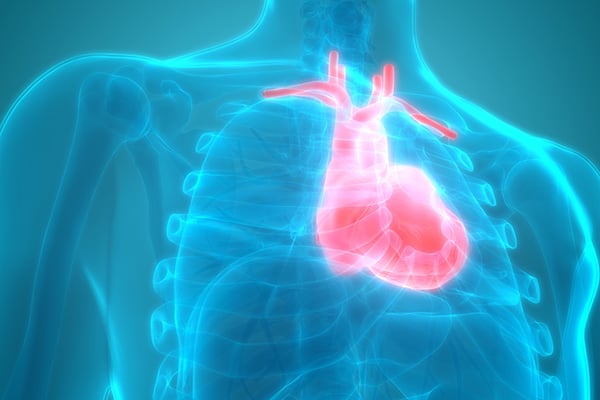Show Notes - How to Manage Pressors and Vents in the ED Like A Boss (part 1)

Flashback Friday: How to Manage Pressors and Vents in the ED
Like A Boss (Part 1)
Originally Published: December 15, 2018
In this episode, Dr. Jessie Werner sits down with Dr. Haney Mallemat to discuss using pressors in the ED.
Tune in to Part 2 on managing the ventilator!
Host
Jessie Werner, MD
University of California San Francisco – Fresno
Fellow - Emergency Medicine Education
@JessWernerMD
EMRA*Cast Episodes
Guest
Haney Mallemat, MD
Associate Professor of Emergency Medicine at Cooper Medical School
Triple boarded in EM, IM, CritCare Medicine.
Internationally recognized educator in CC Medicine.
Hospital Affiliation: Cooper Medical School
@CriticalCareNow
EMResident Articles
Overview:
As Emergency Medicine physicians we’re tasked with taking care of the sickest of the sick, often before we even have a diagnosis to clarify the clinical picture. Stabilizing critically ill patients may require placing a definitive airway and providing hemodynamic support with pressors. When faced with these challenging situations, how do you choose the right pressor? What’s the dose? When do you add another agent? What about fluids? We answer all these questions and more in this episode of EMRA CAST. Also, stay tuned for the follow-up to this episode which covers vent management in ED. We’ve got you covered with all the tips you need to become a critical care beast in the ED!
Key Resources:
- The RUSH protocol (which includes the HI-MAP technique Dr. Mallemat mentions) – Rapid Ultrasound for Shock and Hypotension.
Key Points
- Perfusion is composed of the tank (preload), the pump (cardiac output), and the pipes (systemic vascular resistance). Hypotension or shock can be caused by ANY of these, so consider performing ultrasound using the HIMAP protocol: HEART, IVC, MORISON’S POUCH, AORTA, and PULMONARY to determine the cause of the hypotension and tailor your resuscitation.
- Pressor Algorithm:
- As long as there is not evidence of a decreased EF or another cause of hypotension, Haney recommends starting with fluids to resuscitate a hypotensive patient.
- If a patient is critically ill and/or not responsive to fluids, consider starting norepinephrine. It’s okay to start it peripherally!
- If the patient is profoundly vasoplegic and norepinephrine is not working, consider adding vasopressin at a dose of 0.03 mg/kg.
- After that point, you can consider starting epinephrine at a higher dose, or greater than 0.05 mcg/kg/min to get the most vasopressive effect. There is no known maximum dosing, but organ ischemia - particularly gut ischemia - can occur.
- Dopamine has fallen out of favor due to concern over arrhythmogenic properties; however, you could consider using dopamine if a patient is bradycardic AND hypotensive (for example, if they’re beta-blocked). If a patient has a “pump” problem with a significantly reduced EF, you should consider dobutamine in conjunction with cardiology or an intensive care specialist.
References / Resources
-
Rezaie S. RUSH protocol: Rapid Ultrasound for Shock and Hypotension. ALiEM Website. https://www.aliem.com/2013/06/rush-protocol-rapid-ultrasound-shock-hypotension/. Updated 6/1/2013. Accessed 12/13/2018.
Related Content

Aug 31, 2019
Nicole Battaglioli, MD, FAWM
As outgoing ALiEM Wellness Think Tank COO, Nicole Battaglioli has devoted considerable time and brainpower to defining and improving resident wellness. Along with being an Assistant Professor of Emergency Medicine, Dr. Battaglioli is the CEO/founder of Komorebi Coaching, lover of wilderness medicine, and promoter of super-sheroes.






